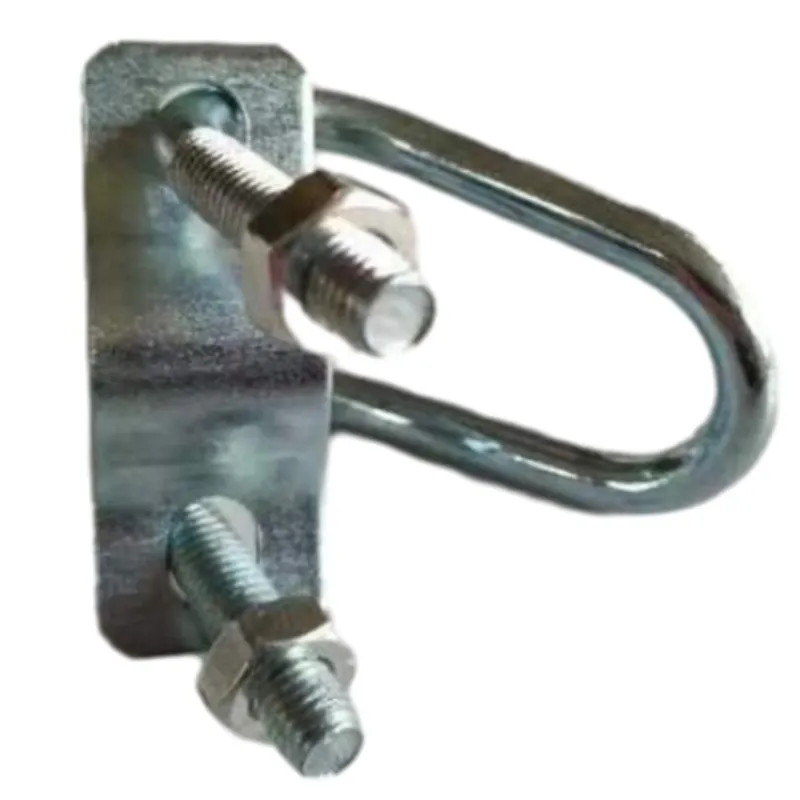loading...
- No. 9, Xingyuan South Street, Dongwaihuan Road, Zaoqiang County, Hengshui, Hebei, China
- admin@zjcomposites.com
- +86 15097380338
- Welcome to visit our website!
Innovative Applications and Benefits of GFRP Grating in Modern Construction
Understanding GFRP Grating Benefits, Applications, and Future Trends
Glass Fiber Reinforced Polymer (GFRP) grating has emerged as a highly effective material in various industrial applications due to its unique properties. As industries increasingly seek durable, lightweight, and corrosion-resistant materials, GFRP grating stands out as a compelling solution. This article will elucidate the advantages of GFRP grating, explore its diverse applications, and consider future trends in this innovative field.
What is GFRP Grating?
GFRP grating is a composite material consisting of a polymer matrix reinforced with glass fibers. This combination results in a robust and lightweight structure, making it preferable over traditional materials like steel and aluminum, particularly in corrosive environments. GFRP grating comes in various types, including molded and pultruded variants, each combining flexibility and strength tailored to specific applications.
Benefits of GFRP Grating
1. Corrosion Resistance One of the most significant advantages of GFRP grating is its resistance to corrosion. Unlike metal gratings that can deteriorate in harsh environments, GFRP remains intact even when exposed to chemicals, saltwater, and high humidity. This resilience extends the lifespan of the grating, reducing maintenance costs and enhancing safety in various settings.
2. Lightweight GFRP grating is considerably lighter than traditional metal alternatives. This property simplifies transportation and installation, allowing for easier handling and reduced labor costs. The lightweight nature also means that structures can be designed with less supporting infrastructure, leading to overall material savings.
3. Strength and Durability Despite its lightness, GFRP grating is known for its impressive strength-to-weight ratio. It can bear heavy loads while resisting impact and abrasion, making it suitable for demanding environments such as industrial plants and construction sites.
4. Design Flexibility GFRP grating can be manufactured in various shapes, sizes, and colors, offering aesthetic flexibility. This customization allows for tailored solutions that meet specific operational or architectural needs while enriching the visual appeal of the applications.
5. Safety Features Many GFRP products incorporate anti-slip surfaces and are non-conductive, making them ideal for applications where safety is a concern. The non-conductive nature also makes GFRP suitable for electrical installations in hazardous locations.
gfrp grating

Applications of GFRP Grating
Given its myriad benefits, GFRP grating finds applications across various sectors
1. Industrial Facilities GFRP grating is widely used in chemical processing, oil and gas, and waste management facilities where exposure to harsh chemicals is common.
2. Transportation and Infrastructure It is also utilized in pedestrian walkways, bridges, and railway systems due to its lightweight nature and high strength, contributing to more efficient transportation infrastructures.
3. Marine Environments GFRP grating is often employed in docks, piers, and marina facilities where saltwater exposure necessitates materials that can withstand corrosion.
4. Food Industry Because of its hygienic properties, GFRP is suitable for food processing facilities, as it does not harbor bacteria and is easy to clean.
Future Trends in GFRP Grating
As awareness of sustainable construction practices grows, GFRP grating is set to gain further traction. Innovations in manufacturing processes, including improved recycling methods, will enhance the eco-friendliness of GFRP products. Furthermore, advancements in composite material science are likely to improve the performance characteristics of GFRP, making it even more attractive for a broader range of applications.
In conclusion, GFRP grating represents a cutting-edge solution for modern industries looking to enhance safety, reduce maintenance costs, and improve operational efficiency. Its unique properties allow for a wide range of applications across various fields, and as technology progresses, GFRP grating will undoubtedly play an even more significant role in shaping sustainable and efficient infrastructure in the years to come. Whether in heavy industrial settings or public infrastructure projects, GFRP grating stands poised to make a lasting impact.
-
The Rise of FRP Profiles: Strong, Lightweight, and Built to LastNewsJul.14,2025
-
SMC Panel Tanks: A Modern Water Storage Solution for All EnvironmentsNewsJul.14,2025
-
GRP Grating: A Modern Solution for Safe and Durable Access SystemsNewsJul.14,2025
-
Galvanized Steel Water Tanks: Durable, Reliable, and Ready for UseNewsJul.14,2025
-
FRP Mini Mesh Grating: The Safer, Smarter Flooring SolutionNewsJul.14,2025
-
Exploring FRP Vessels: Durable Solutions for Modern Fluid HandlingNewsJul.14,2025
-
GRP Structures: The Future of Lightweight, High-Performance EngineeringNewsJun.20,2025
